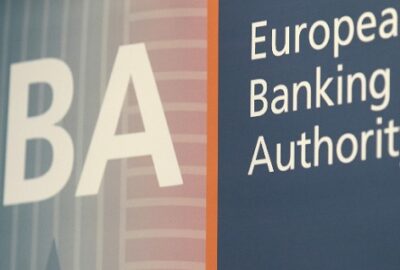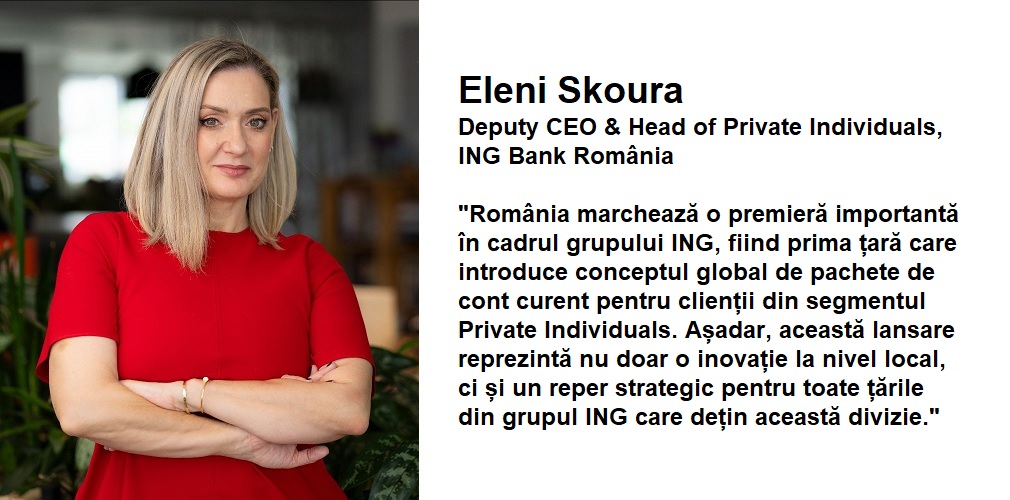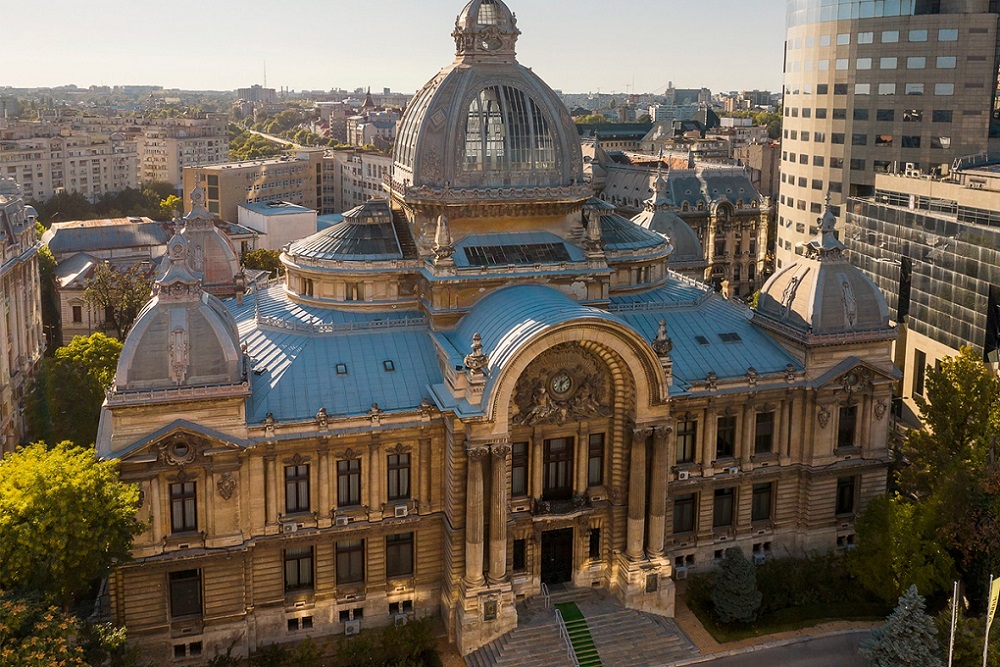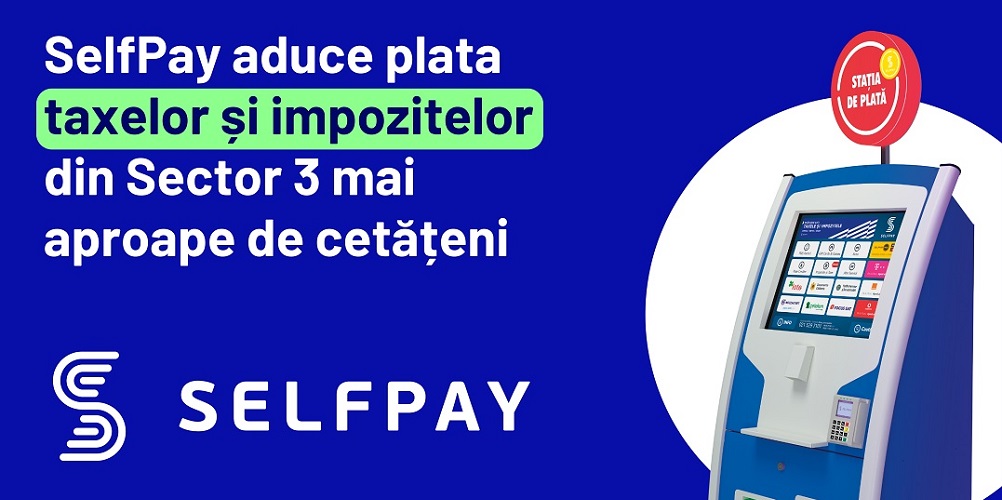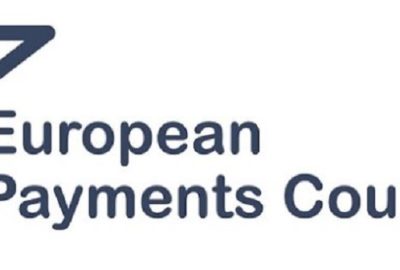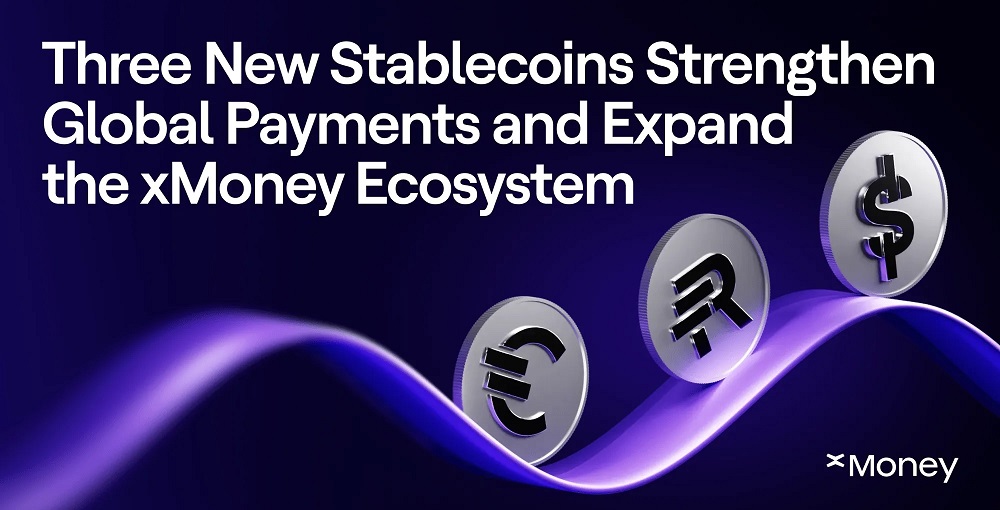ING says it has conducted 27 proofs of concept of the application of blockchain technology in six business areas, including payments
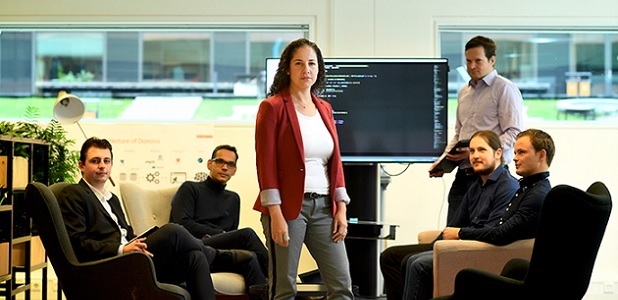
One day, blockchain may change the face of the financial industry – and of many other industries. „When that day comes, ING wants to be ready.”, says the bank.
Blockchain captured the imagination of financial institutions everywhere. It is the task of ING’s Mariana Gomes de la Villa, Senior Program Manager Blockchain, and her Amsterdam-based Blockchain Innovation team (see foto) to translate this potential into practical applications that add value for ING, customers and even the entire financial institutions ecosystem.
Dutch bank ING says in a press release that it has conducted 27 proofs of concept of the application of blockchain technology in six business areas, including payments, trade finance and working capital solutions, financial markets, bank treasury, lending, and compliance and identity. The bank has assembled a cadre of technologists, mathematicians, cryptologists, economists and business experts to work on its Amsterdam-based Blockchain Innovation team.
Over the past year it has conducted a series of experiments across multiple business domain, most promisingly working as part of a consortium of ten banks on the ‘know-your-customer’ process, and in trade finance, where it demonstrated that shared ledger technology could reduce operational and compliance costs by between 10%-15% and increase bank revenues by as much as 15%.
Most recently, news hit the wires that ING Bootcamp winner Easy TradING Connect, trading house Mercuria and Societe Generale are working on the first large oil trade using blockchain technology.
Mariana Gomes de la Villa, senior program manager blockchain and leader of the innovation team, says: “For us, 2016 was about experimentation and getting to know the technology: how it works, how we can use it and what the pitfalls and limitations are. This technology wasn’t built for the financial industry so there are constraints and it doesn’t always cover our requirements.”
Collaboration with other industry players and regulatory bodies is key, she says, and to this end the bank has with worked with a number of external partners including consortiums such as R3, fintech startupss, the Dutch central bank, the Dutch Payments Association and the European Banking Forum.
“Each solution should comply with many more areas: performance and scalability, the regulatory and legal framework, privacy and confidentiality,” says Gomes de la Villa. „That’s also why collaboration with the business and external partners is so important.”
Looking ahead, the banks intends to zone in on on five to six practical use cases.
Ivar Wiersma, head of innovation at Wholesale Banking with responsibility for the Blockchain Innovation team, says: “We will introduce more of these pilots and tests that make clients enthusiastic. Not every pilot will be a home run, but that’s OK. I see them as stepping stones, showing us what’s possible.”
Blockchain is a shared distributive ledger that is not controlled by a single user but by all in the chain. Devised by Satoshi Nakamoto in 2008, it enables people to exchange electronic currency ‘peer-to-peer’, cutting out middlemen such as central banks, governments or online payment systems.
“Banks still spend so much time on checking their version of the truth with those of other banks before carrying out or settling a transaction. With blockchain there’s only one source of truth, enabling us to serve clients better, safer, simpler, faster and cheaper,” said Ivar Wiersma, Wholesale Banking’s head of Innovation.
Dariusz Mazurkiewicz – CEO at BLIK Polish Payment Standard
Banking 4.0 – „how was the experience for you”
„To be honest I think that Sinaia, your conference, is much better then Davos.”
Many more interesting quotes in the video below:


